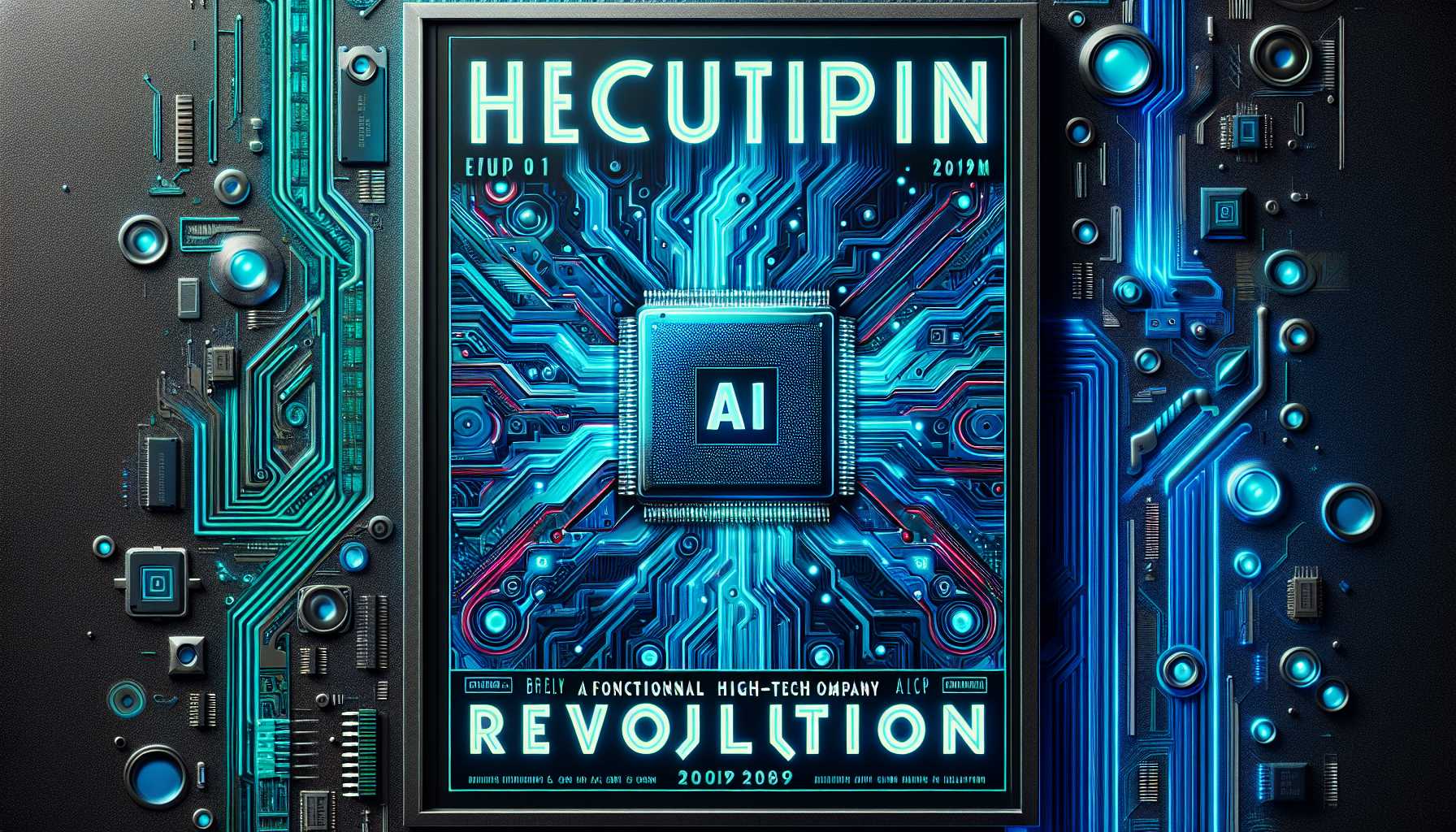The Dow’s AI Dance: Nvidia Leads the Limelight
The tech stock cosmos witnessed a particular sparkle recently, as Nvidia kicked off its AI event with not just pomp but promising performance. With the markets seemingly nodding in approval, the AI chipmaker gained ground, leading the Dow Jones Industrial Average to climb. Apple and Tesla shrugged off the doldrums after some analyst TLC, and Alphabet made it rain in the stock market’s parade. Cathie Wood, the renowned investor, made a bold move in typical ‘Wood’ fashion, snapping up shares of Roku as they plummeted, in a strategy that would make Newton reconsider the laws of gravity in economics. But Wood’s not the only protagonist in our tale, as other stocks like Alphabet, Neurocrine Biosciences, and Arista Networks waltzed near enticing buy points.
When Titans Rally: The Magnificent Seven Make Their Move
Let’s talk about the “Magnificent Seven”. This isn’t a film remake; it’s a term for the seven most influential tech companies that have been doing the heavy lifting for Wall Street. These include Microsoft, Apple, Nvidia, Amazon, Alphabet, Meta Platforms, and Tesla. These titans are not just influencing technology; they are literally becoming synonymous with innovation. In this high-stakes game, AI is the queen, and Nvidia is waving her scepter vigorously. Their GPUs, an essential ingredient for AI-data centers, are virtually chocolate to Microsoft’s peanut butter, Amazon’s jelly, and Alphabet’s bread. However, these tech behemoths are not just consumers anymore; they are starting to bake their own silicon goodies, which could potentially disrupt Nvidia’s feast.
AMD and Intel: On the Precipice of an AI Era
The tech sector’s marriage with AI doesn’t end with GPUs; it opens the door to a wider hardware front. Advanced Micro Devices (AMD) and Intel haven’t been just spectators to Nvidia’s parade; they have been gearing up, wanting a piece of the AI pie. AMD, known for their GPUs, is not content playing second fiddle and is pushing its AI capabilities with its MI300X AI GPU. Intel, meanwhile, has turned a page, shifting towards an internal foundry model that could be the osteoporosis to Nvidia’s market share backbone.
AI’s Impressive Market Forecast Bodes Well for Tech Titans
The future is not just knocking; it’s breaking down the door with a battering ram. AI’s market prowess has been nothing short of explosive, with trajectories pitching the sector to almost $2 trillion by the end of this decade. This anticipated growth spurt isn’t just confined to chips – it’s going to supercharge sectors ranging from autonomous vehicles to cloud computing. We’re looking at AMD and Intel as long-term runners with the potential to sprint past Nvidia given the right conditions. With AMD’s growing list of AI clients and Intel brandishing new AI-centric chips, they could be the underdogs that didn’t just bark but eventually bite.
The Software Side of AI: Where the Next Revolution Brews
Lastly, no hardware can fulfill its destiny without its soulmate – software. MongoDB, a leader in NoSQL databases, is poised to capitalize on the generative AI boom. As they integrate AI features into their software, they set the stage for a future crowded with data-rich applications. Duolingo, the brainy child of language learning, has also harnessed AI’s promise, integrating tools like OpenAI’s GPT4 to deliver personalized learning experiences. With AI, Duolingo isn’t just teaching languages; it’s possibly rewriting the rules of education and technology. As tech enthusiasts, it’s not just about the thrill of investment or the buzz of innovation; it’s about witnessing history in real-time. We’re standing at the precipice of an era where AI isn’t just a tool; it’s becoming the artisan crafting the technology of tomorrow




